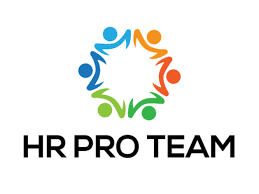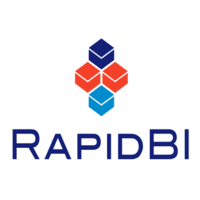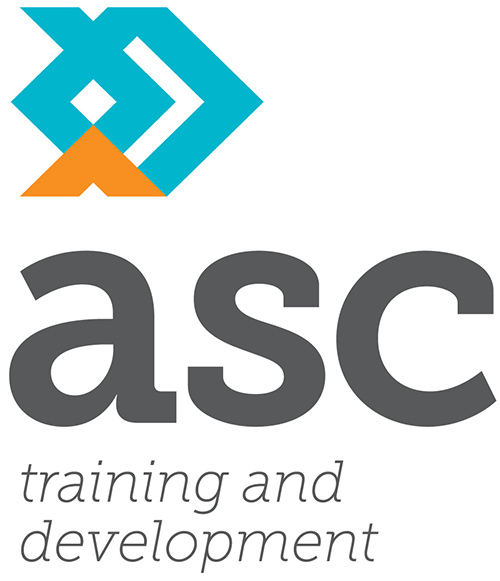What Would You Do With Extra Time?
We know the following experiences will be ringing some bells for some of you.
“I’m getting so confused by all content that I might need to include in my course and I am looking to find a solution that structures this for me. Until now, I haven’t found anything that will develop the 360-Degree feedback skills needed, and it’s so overwhelming.”
“I spend so much time researching what I might need that I barely have energy left for creating actual lessons from scratch.”
“I’m concerned about learner motivation. Without the right content, I worry that my participants will lose interest and not develop the skills they need from the course.”
We’ll make sure you get back on the right path.
Imagine transforming your courses on 360-degree feedback with the training courses of someone who’s been where you are and knows how to get you to where you want to be? Think of Oak Innovation as your training course partner.
The Oak Innovation 360-Degree Feedback course with instructor manual is the ultimate training course for any trainer, people manager, or entrepreneur who want to save time.
Whether you’re just starting out or you’ve been in business for years, the training course is designed to fit effortlessly into your existing training courses – from your full-day courses to your workshops, and its editable content ensures a seamless experience.
Here’s What You Get Inside Your 360 Degree Feedback Course.
- A participant workbook written in a step-by-step tutorial style so that even inexperienced trainees can follow.
- Our actual PowerPoint Slidedeck (99% of customers add their logos!)
- A detailed and thorough instructor guide so you can deliver this course in your business, on repeat.
- Custom real-world training tools to support learning (course tests, activities, exercises, reading lists, marketing materials, & action plans).
- [Bonus] our 15 exclusive training guides on delivering powerful training courses (even if you don’t have much training experience).
- [Bonus] our 17 custom training forms (these are one of the many ways to improve your training business).
- [Bonus] our step-by-step guide on using 17 effective icebreakers in your business.
- [Bonus] clear instructions on how to use 17 training games to increase course participation levels.
Trusted By Leading Brands.
Course Outline.
We’ve structured the course into nine modules that you can easily deliver.
1. The DNA of Effective Appraisals: 12 Key Characteristics.
The course shares the core elements that make performance appraisals successful, discusses the twelve characteristics of effective performance appraisals and how to avoid common pitfalls that lead to employee disengagement.
2. Understanding the Foundation: What is 360-Degree Feedback?
This section explores a range of proven appraisal techniques, from traditional methods to cutting-edge approaches like assessment centers and self-assessments.
3. Why 360-Degree Feedback Matters: Benefits for Individuals and Organizations.
In this key section, the content discusses the roles of managers and employees.
Participants will learn:
- Why performance appraisals are essential.
- Strategies and approaches to increase performance.
- Why 360-degree feedback is a crucial opportunity for managers and employees.
- The critical elements of performance appraisal skills.
- Why companies have performance appraisals.
- About mutual feedback.
- The benefits of an appraisal process.
- Manager and employee roles.
- About self-assessment.
4. Appraisal Techniques: Choosing the Right Tools
Participants will learn about eight different appraisal techniques. These include:
- Ranking.
- Paired comparisons.
- Critical incidents.
- Free-form/narrative techniques.
- Self-assessment.
- Assessment centres.
- Assessing performance.
- Rating.
5. Mastering the 360-Degree Feedback Process: A Step-by-Step Guide
This section explores the various settings where appraisals can take place, highlighting critical settings for 360 feedback, exploring what 360 feedback is, and discusses why 360-degree feedback is so valuable.
6. The eleven benefits of a 360 appraisal feedback process.
Participants will learn about the eleven benefits of appraisal:
- Performance improvement.
- Self-awareness.
- Morale improvements.
- The role of open culture.
- The role of continuous improvement.
- Empowerment of leaders and staff.
- Communication.
- Transparency.
- Role retention.
- The need for accountability.
- The positive impact of an engaged workforce.
7. The 360-Degree Feedback Process: A 10-Step Blueprint For Success.
Within the framework of a straightforward, step-by-step approach, participants will unlock the 360-degree feedback process.
From defining the purpose to analyzing the data and delivering feedback, participants will learn how to manage every stage effectively.
8. Preparing for Success: Is Your Organization Ready for 360-Degree Feedback?
The training content explores how to prepare for 360-degree feedback.
9. Avoiding the Pitfalls: Why 360-Degree Feedback Programs Fail (and How to Prevent It)
This section looks at why some 360 feedback programs fail.
Participants will learn strategies for building trust, strengthening self-assessment, and fostering organizational stability.
Inside Every Download, You Get:
- Course Workbook
- Instructor Manual
- Slide Deck
- Training Games
- Icebreakers
- Training Guides
- Course Tests
- Activities and Exercises
- Reading Lists
- Marketing Materials
- Action Plans
Equip Your Learners With The Skills They Need.
Participants will:
- Explore the main benefits of performance appraisals.
- Explore the roles of managers and employees within a performance appraisal process.
- Understand eight standard performance appraisal techniques.
- Understand two implementation areas.
- Explore a 360-degree evaluation feedback process.
- Understand when an organization is ready for 360-degree feedback.
- Understand why 360-degree feedback programs can sometimes fail.









































































